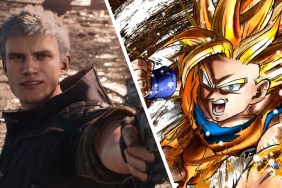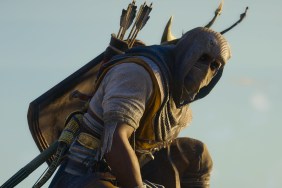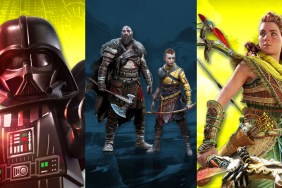Far Cry 6’s Joseph: Collapse expansion has finally released and marked the end of the game’s season pass. It ended on the worst Far Cry villain from the worst Far Cry game and with a formula that had already been driven into the ground with the two downloadable content episodes that came before it: Vaas: Insanity and Pagan: Control. What could have been a deep, roguelite-infused mix-up that the Far Cry series sorely needed, instead became three pieces of DLC that were shallow, repetitive experiences that fell well short of their potential in the most cynical way.
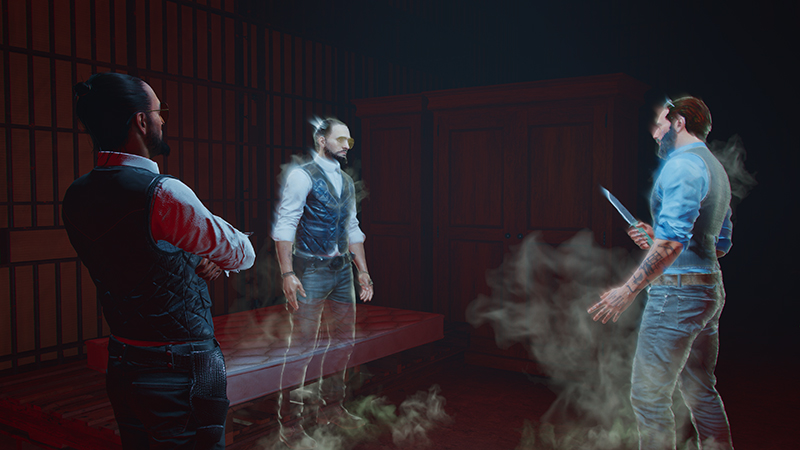
The cynicism stems from the cut-and-paste setup of all three, even if those setups are conceptually inoffensive. The trio all drop each villain into a striking and fantastical version of their game’s setting as they work through some form of trauma those main titles only touched on via apparitions that act as well-acted visual diaries. Players then go through these worlds grabbing new guns, currency, and various perks to level up and face some ghost from their past.
RELATED: Far Cry 6 Update Adds Free Rambo Crossover Mission & Support for Third DLC
The surface-level description gives the impression of it being a decent roguelite, but the DLC trilogy fails two of the core pillars that the genre is founded upon: variability and the engaging hunt for new upgrades. These stages do not change with each run or death; their geometry is set in stone. There’s no form of procedural generation and means it is extremely repetitive to run through them more than once. Players can just beeline to their preferred gun and mindlessly shuffle to their next goal. There’s no sense of exploration after the first playthrough and it’s sorely missing the unpredictability of the genre that makes it such a thrill.
Roguelites and roguelikes are naturally built upon replayability and the best ones know how to change it up so players don’t mind repeatedly doing the same thing. Hades and Returnal are both exceptional at creating narrative and gameplay hooks to make sure no two runs are alike. However, in Far Cry 6‘s DLC, every single run — even ones on higher difficulties — feels unmistakably similar because the level layout and aforementioned story-heavy diaries carry over.

There’s a minor amount of variability within the weapons as their perks and attachments are randomized, but upgrading is hardly as rewarding as it is necessary. The perks littered around are either borderline useless or boring to the point of barely being effective so there’s very few ways to build a synergistic loadout. There are persistent upgrades like being able to drive ATVs (or, in Seed’s case, ride horses) and reclaim lost cargo after death that slightly change the experience, but they’re locked behind absurd amounts of cash.
Beefing up guns is more effective, especially on harder difficulties where enemies are frustrating bullet sponges, so there’s little reason to grind out these potentially more interesting perks. Perhaps these more costly upgrades would be worth the cash if the game wasn’t as repetitive, but it can’t figure out how to make its gameplay loop engaging enough to justify the tedious labor behind its unlocks.
The season pass DLC not only fails what it means to be a roguelite, but also fails what it means to be a Far Cry game, too. Far Cry games are about exploring an open world and tackling it through a mix of stealth, gunplay, and gadgets with a healthy blend of player-driven and randomized events. It’s well-worn and sometimes tired formula, but it is Far Cry. These Far Cry-ass elements are most noticeable in enemy forts where they all clash and work with each other to ideally create something fresh and unexpected.

None of these expansions could be bothered to translate that formula. Stealth is basically nonexistent thanks to all the objectives with constantly respawning enemies and the typical array of gadgets and sandbox toys are severely neutered, too. This means players just have to be straightforward and shoot their way out of jams, which is the least interesting way to play a Far Cry game because it just doesn’t feel like Far Cry. Although Far Cry 6‘s gunplay is still relatively smooth here, it wears out its welcome when there is so much shooting and almost nothing else to break it up.
The Far Cry 6 season pass would have been better as one big meal of a roguelite expansion instead of three hardly filling snacks. Splitting it up into three pieces with their own worlds meant that none of them could be deep because the time that could have been spent expanding its systems was instead used for creating new assets and adding in other voice actors. These cosmetic and costly features seem like an inefficient waste of time that allocates resources to the wrong areas. And the quick turnaround from episode to episode meant Ubisoft couldn’t implement feedback and build on what was there. Instead, it more or less just reskinned the same, puddle-deep game three times.
Their unique skins mostly come in the form of each character’s story and world, but they suffer for one reason or another, most of which can be chalked up to their brevity and how poorly they all end. In a bizarre twist of fate, Seed has the most compelling arc since it is about him coming to terms with his misdeeds and his mission to repent is somewhat admirable and easy to follow. Min’s story is the most puzzling since his journey is about losing his partner and child, but it also highlights how terrible of a person he is, which leads to such jarring tonal shifts that undermine the pathos the game wants players to feel. Vaas is the strongest character and one that is likely going to be the most popular, but his incest-laden tale is too obtuse and terribly told. Even though Far Cry 3‘s popularity means most will probably gravitate towards his episode, it’s not the clear winner of the bunch and mostly benefits from the nostalgia associated with that original 2012 game.
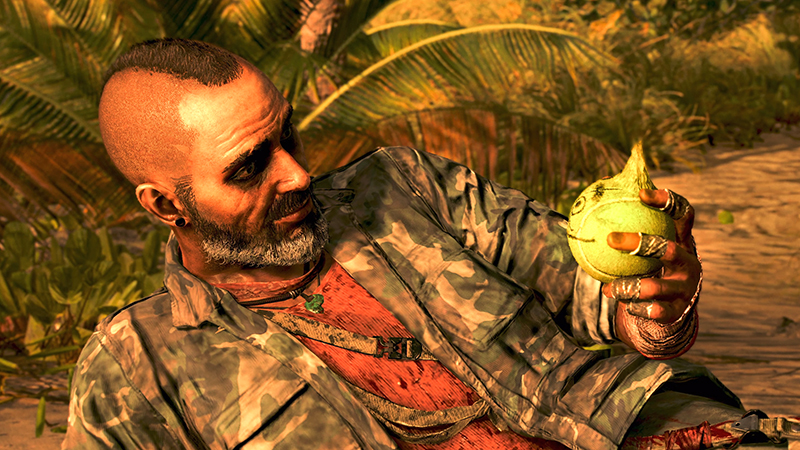
Focusing on just Vaas for a single, more ambitious episode would have been ideal for many reasons aside from his established connection to Far Cry 6. For one, he is the most revered Far Cry character, which is a solid initial hook, but one that Ubisoft could have used to keep players interested in the narrative. People care about Vaas, so that work is already done, and there are plenty of angles a character-specific DLC could take and analyze. He is a ripe canvas ready to be explored yet his short DLC does not have the time or budget to meaningfully dig into him.
RELATED: Far Cry 6’s Danny Trejo Missions Are Now Live, Adds Trejo-Themed Items
Vaas’ “definition of insanity” monolog also naturally fits the mantra of the roguelite genre. They’re both about doing the same thing over and over again and this overlap opens the door for a whole wealth of interesting possibilities. Its themes could tie in even more closely with its gameplay in clever ways, an opportunity the current expansion leaves almost untouched. It seems as though the whole idea for the season pass stemmed from that speech, making it even more puzzling why it was hardly utilized and diluted with other characters that weren’t as good of a fit.
The season pass sounded like a wonderful idea when it was announced. Far Cry needed something new and injecting a roguelite into that tired blueprint sounded like a novel idea. Even though Seed was a terrible antagonist in Far Cry 5, being able to play as Vaas and Pagan Min was an alluring proposition.
However, Ubisoft did not make good on that promise and instead delivered three trivial and repetitive experiences that are not only repetitive within the context of each episode, but also repetitive when looking at the trio together since they all do the same exact thing with a new coat of paint. The definition of insanity is doing the same thing over and over and expecting a different result, so it is ironic for Ubisoft to put out essentially the same disappointing piece of DLC three times and think that they’ll be any less disappointing with each release.







